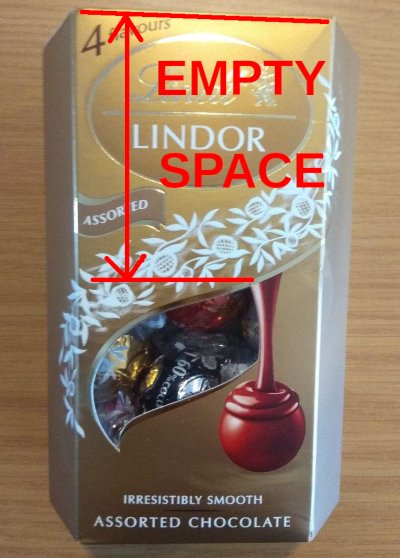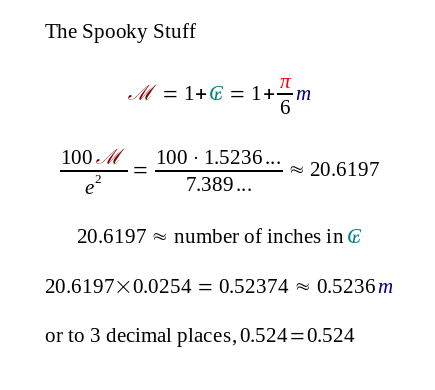Lately I’ve been watching computer chess over at TCEC, which is at times interesting and at time frustrating as the engines lock themselves up into knots. They get into positions where basically the only way to make any sort of progress is to make a slightly bad move. Which of course they don’t do.
So we end up with kings and queens dancing around until such time as the 50-move rule kicks in, or TCEC decides it’s a draw based on engine evaluation and some other criteria.
The other problem with computer chess is that they may end up playing the same game over and over, unless you force them to use different opening books. To be fair, they then play the same opening again after swapping colours.
Anyway, I decided to try evaluating my own unique starting position, which has a more limited set of opening moves, and hopefully will force engines to randomly pick one of several “equivalent” moves, thus producing more random openings.
I did look in THE CLASSIFIED ENCYCLOPEDIA OF CHESS VARIANTS by D.B. Pritchard, and the only “similar” variant I can find is this one:
Crowded Chess (quoted by C. Pickover,
1992). Each player has two rows of pawns
(2nd/3rd & 6th/7th ranks) and the usual
pieces. (Mazes for the Mind)
Unfortunately there is no picture worth a thousand words, so it must either look like this:
Continue reading →




